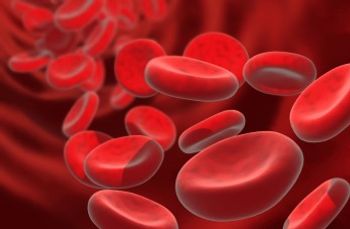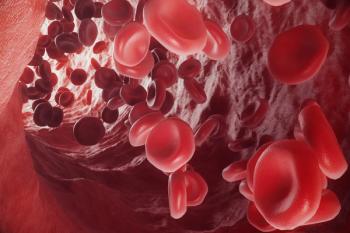
Neoadjuvant Treatment Has Potential in Select CRC Populations
Administering neoadjuvant therapy to patients with colorectal cancer may help surgical oncologists attain a negative-margin resection.
Episodes in this series
When administered in the right setting, neoadjuvant therapy can be a “fantastic” treatment option for those with colorectal cancer (CRC), according to Gregory Charak, MD.
In an interview with CancerNetwork® at John Theurer Cancer Center, Charak, a board-certified colorectal surgeon at Palisades Medical Center and Hackensack University Medical Center of Hackensack Meridian Health, spoke about how the development of neoadjuvant treatments such as immunotherapy has influenced the role of the surgical oncologist in the CRC field.
According to Charak, managing a large, borderline resectable tumor with neoadjuvant therapy may help surgeons achieve resections with negative margins, thereby yielding less morbidity for patients. Additionally, he highlighted that it may be possible for neoadjuvant cytotoxic chemotherapy or immunotherapy to result in tumor shrinkage.
According to previously published findings in Frontiers in Immunology, neoadjuvant treatment has demonstrated the potential to downsize CRC tumors preoperatively while improving local and systemic control of the disease, although authors noted no significant overall survival benefits across previous clinical trials. For instance, authors reported favorable outcomes with frontline pembrolizumab (Keytruda) in those with metastatic CRC that is mismatch repair deficient. Overall, the authors stated that greater cooperation between tumor immunologists and clinicians may advance how those in the field understand the mechanisms of action of immune checkpoint inhibitors in this population.
Transcript:
Neoadjuvant therapy is fantastic in the right setting and with the right patients. For surgeons, if you have a medical way to take a big, invasive, borderline resectable tumor and make it more manageable while giving us a better chance of getting a negative-margin resection, then that’s fantastic with less morbidity to the patient. Moreover, if you can get a tumor to disappear with neoadjuvant therapy, which sometimes happens both with cytotoxic chemotherapy and with immunotherapy, what a joy [that is]. We don’t mind being put out of business when it helps our patients, in particular our [patients with] cancer.
Reference
Zhu J, Lian J, Xu B, et al. Neoadjuvant immunotherapy for colorectal cancer: right regimens, right patients, right directions? Front Immunol. 2013:14. doi:10.3389/fimmu.2023
Newsletter
Stay up to date on recent advances in the multidisciplinary approach to cancer.



















































































